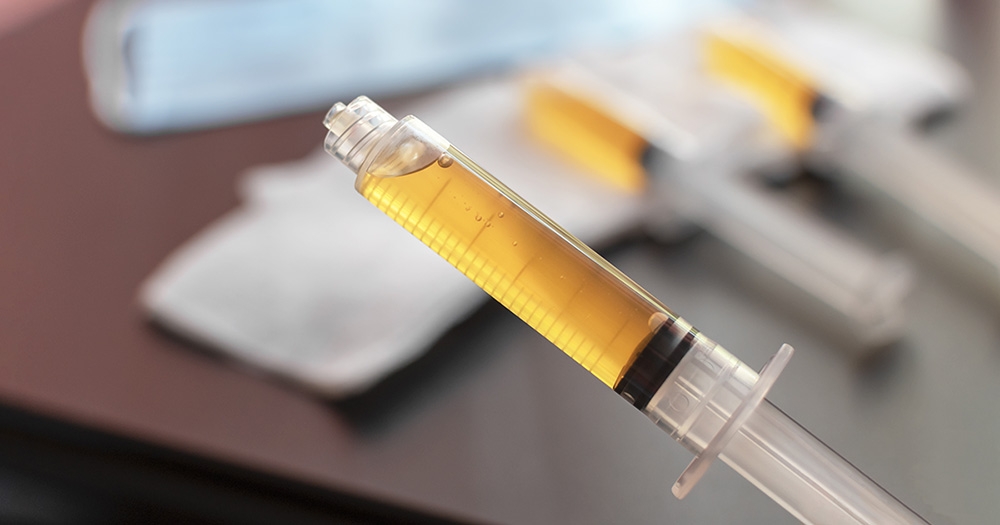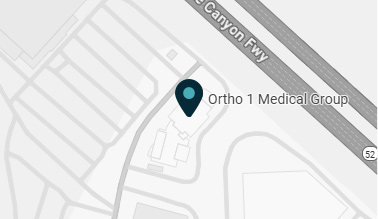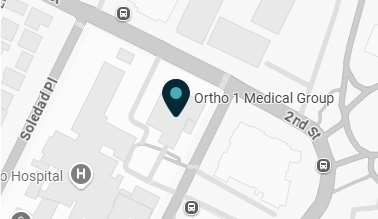If you’re struggling with a degenerative condition or injury that affects the quality of your life, you’re not alone. More than 20% of American adults struggle with chronic pain, often because of one of these frustrating conditions.
At Ortho 1 Medical Group,our providers offer the best orthopedic care for patients in the greater San Diego area. With offices in San Diego, La Jolla, Chula Vista, and Coronado, California, our friendly staff is ready to help with all your orthopedic needs.
To help patients recover more quickly from injury or degenerative conditions, we’re excited to offer all-natural platelet-rich plasma (PRP) injections at all locations. This treatment helps reduce pain and promotes your body’s own natural healing process.
Here’s some background information about PRP and why it might be right for you.
What are platelet-rich plasma injections?
PRP is a popular treatment for many conditions because it’s natural and surgery-free. This regenerative therapy harnesses your body’s powerful healing properties, skipping the need for intrusive chemicals and drugs.
Your blood is made up of red blood cells, white blood cells, platelets, and plasma. The disc-shaped platelets assist with clotting when you’re injured.
When your body gets a signal you’ve been injured, platelets flow to the damaged tissue. Once they arrive, they seal your blood vessels with a tentacle-like grasp. This prevents blood from moving through the injury.
Platelets do more than just assist with clotting. They also contain healing proteins called growth factors that activate once any bleeding gets under control.
The growth factors also help when you have a disease that affects tissue health. Growth factors support many key functions, including:
- A healthy healing environment
- Tissue regeneration
- Cell division regulation
Having a healthy healing environment is key for improvement when your tissues are injured or diseased. Platelets signal other cells and resources in your body to join in on the healing process.
PRP injections heal damage in joints and other conditions by accelerating your body’s natural healing process. This treatment is especially effective when combined with traditional therapies and treatments, such as physical therapy, prescriptive exercises, and lifestyle changes.
During a PRP injection procedure, we draw a small sample of your blood and place it in a centrifuge. The centrifuge separates the platelets and creates a platelet-rich plasma solution that contains 5-10 times more platelets than your blood naturally has.
After creating the PRP solution, we inject it into the target treatment area. The platelets then release the growth factors that help with cell repair and renewal. These platelets also call on your body to respond and send more healing resources to the area.
What does PRP treat?
PRP injections are available to help many conditions. Common uses of PRP treatment include:
- Muscle strains and tears
- Tendon disorders, like tendinitis
- Ligament injuries
- Arthritis
- Chronic pain
At Ortho 1, we meet with you to evaluate your condition and determine if you’re a good candidate for PRP injections.
What can I expect after a PRP injection?
PRP injections are very safe and effective, contributing to its growth in popularity. Since we use only your own blood, negative reactions to PRP are extremely rare.
Like all medical injections, some possible side effects of PRP injections include sensitivity at the injection site, swelling, and mild pain. At Ortho 1, we perform PRP injections with sterile techniques, making sure your treatment is safe.
PRP injections are short procedures, taking only 30-90 minutes in most cases. Because PRP doesn’t require any downtime, you’re back to your normal activities immediately following your injections.
If you’re ready to learn more about PRP injections and whether it’s right for you, it’s time to speak with one of our providers at Ortho 1. Head to our website to call us, or request an appointment online at one of our four San Diego-area locations.





















